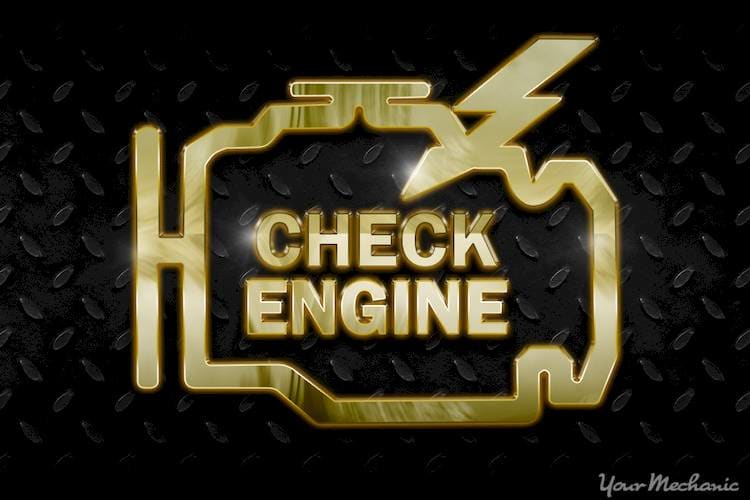P2529 code definition
When a vehicle stores the P2529 code, it’s because its PCM has sensed that the vacuum reservoir pressure sensor circuit is malfunctioning.
What the P2529 code means
The vacuum reservoir pressure sensor circuit plays an important role in bringing your vehicle to a full stop, so it makes sense that your vehicle’s PCM would be designed to monitor this important component closely.
If the vacuum reservoir pressure sensor doesn’t send the PCM a voltage input signal that’s proportionate to the degree of load and engine RPM, the P2529 code will get stored and a Check
Engine Light will come on.
Some makes and models will need to go through multiple failure cycles before the light is activated, but a code should still get stored. In these vehicles, if just a single failure is only ever registered, a “pending code” may be stored instead.
What causes the P2529 code?
The most common reason you’ll have a P2529 code stored is because of something affecting the actual vacuum reservoir press directly. This would include things like:
- A defective vacuum reservoir pressure sensor
- Vacuum leaks at the vacuum reservoir
- A defective vacuum pump
- Broken or cracked vacuum hoses to the vacuum reservoir
Other common causes are:
- A defective one-way valve located in the vacuum brake booster supply hose
- Shorted or open electrical circuits or connectors
- Broken or cracked vacuum hoses to the brake booster
What are the symptoms of the P2529 code?
If the P2529 code has been stored, you’ll most likely realize it the next time you try to hit the brakes. You’ll probably notice it’s harder to push down or depress. Again, the Check Engine light will probably come on too.
In very rare situations, though, the driver may not experience any adverse symptoms caused by the code (or at least none they notice).
How does a mechanic diagnose the P2529 code?
Your mechanic will first assess which codes the vehicle’s PCM has stored by using a code reader. Another tool they’re likely to use to carry out the initial diagnosis is an ohmmeter. They’ll then inspect your vehicle’s wires and connectors. Next, they’ll look at the master cylinder to check for fluid leakage that may be getting into the vacuum brake booster. Vacuum supply hoses will get looked at. Finally, the pressure sensor will be inspected.
Retests of the PCM will have to be done after every repair to continue the diagnosis and, eventually, a test drive too.
Common mistakes when diagnosing the P2529 code
A lot of times, when the problem causing the P2529 code to be stored is a defective vacuum pump motor or defective vacuum pump, many mechanics will first decide to replace the brake boosters or some other component of the vehicle that is vacuum-operated. This erroneous replacement won’t make the code go away and will be unnecessarily costly.
How serious is the P2529 code?
It’s never a good idea to risk driving your vehicle if your brakes aren’t 100%. Although the vacuum reservoir press may assist a number of functions, if your brakes aren’t working right because of sensor issues, this should concern you. While you may still have no problem coming to a full stop for the moment, if that changes, you could get in an accident.
What repairs can fix the P2529 code?
Keep in mind that more than one problem could be behind the P2529 code. Replacing one broken wire may make it go away for now, but if the sensor isn’t properly examined, it could bring the code back in the near future.
Need help with a P2529 code?
When you need help fixing a P2529 code that’s affecting your vehicle, YourMechanic is here to help. You can complete this online form or just give us a call. Our number is 1-800-701-6230. Either way, we’ll make sure you receive a quote ASAP and can set up a convenient time for one of our certified mobile mechanics to handle diagnosis and repairs. They’ll meet you wherever is convenient – whether it’s your home or workplace.
Check Engine Light
trouble codes
P2529





